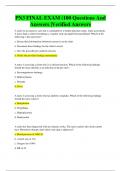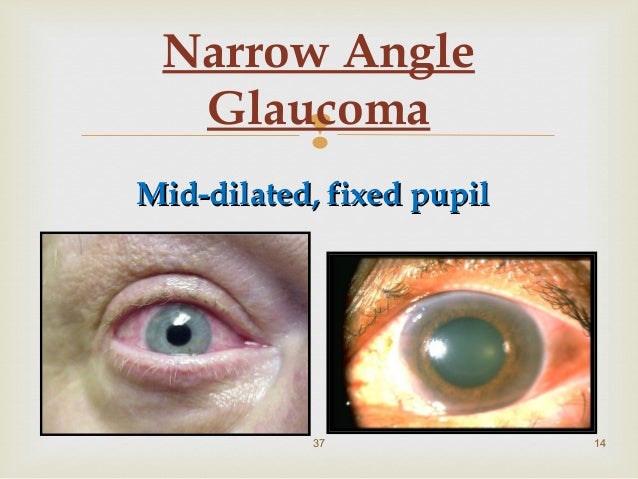

The patient ultimately died due to refractory respiratory failure. Pupillary dimensions and reaction normalized after rocuronium discontinuation of. Due to severely compromised oxygenation status, brain CT was not performed, but transcranial doppler ultrasonography did not reveal signs of intracranial hypertension, although normal cerebral blood flow was evident. The second patient presented dilated (8 mm), non-reactive pupils, after 8 h of rocuronium infusion (creatinine 3.31 mg/dl, eGFR 13.5 ml/min/m 2). Twelve hours later, pupillary dilation reappeared (8 mm), which was reversed with rocuronium discontinuation, strengthening the agent's causative relationship to the phenomenon. He was intubated and sedated, also receiving a continuous rocuronium infusion. Re-evaluation for SARS-Cov-2 was negative (twenty-five days post symptom onset). Four days after ICU discharge, he was readmitted for respiratory distress due to Hospital Acquired Pneumonia ARDS. On the 12th ICU day, the patient was weaned from the ventilator, with normal consciousness and no neurological deficit. Five hours after the agent was discontinued, the pupils gradually returned to normal (2 mm) and became reactant the next day. No other agent which could induce pupillary dilation was administered, so we hypothesized that rocuronium was responsible for this side effect.


Transcranial Doppler revealed normal cerebral blood flows. In order to exclude brain edema, brain stem infarction or hemorrhage, a brain computed tomography (CT) with angiography was performed. The first patient was a 56-year-old male, with no underlying comorbidities, and presented dilated (7 mm) non-reactive pupils after 56 h of continuous rocuronium infusion. All patients were treated with Remdesivir and enhanced thromboprophylaxis. After 8, 56 and 126 h of rocuronium initiation, the patients presented bilateral, dilated, non-reacting pupils. To optimize oxygenation, NMBA using rocuronium was initiated, titrated at a dose range of 4-20 mg/h, according to the patients' response on triggering the ventilator. They were intubated and mechanically ventilated, under sedation with continuous infusion of propofol, midazolam and remifentanil, and warranted a low noradrenaline dosage to maintain adequate perfusion. Three patients, 2 males and 1 female, were hospitalized for Covid-19 ARDS. The patients had no obvious brain damage and the condition was reversed with drug cessation.

We report three patients with Covid-19 ARDS who presented bilateral dilated, non-reactive pupils, after continuous rocuronium infusion. Dilated nonreactive pupils are commonly associated with profound Central Nervous System pathology. Pupillary reflexes were closely monitored to assess neurologic changes, due to the high thrombotic risk in these patients and enhanced thromboprophylaxis used. Rocuronium was used in some cases due to a shortage of cis-atracurium. In our institution, neuromuscular-blocking agents in continuous infusion were administered to Covid-19 ARDS patients, in accordance with guidelines. NMBA do not cross intact BBB, but in case of BBB dysregulation and high NMBA concentrations, central effects could be induced. Prolonged continuous administration may result in high NMBA concentrations.Ĭovid-19 has been reported to implicate the Central Nervous System as well, and disruption of Blood-Brain Barrier (BBB) may be present in such conditions. NMBA have been extensively used during the pandemic. During the last year, Covid-19 ARDS patients have overwhelmed Intensive Care Units (ICU). Neuromuscular Blockade Agents (NMBA) are used in the management of moderate and severe Acute Respiratory Distress Syndrome (ARDS) patients to alleviate patient-ventilator dyssynchrony, abolish spontaneous respiratory efforts (decreasing work of breathing, relaxing respiratory muscles and reducing oxygen consumption), and facilitating lung protective ventilation.


 0 kommentar(er)
0 kommentar(er)
